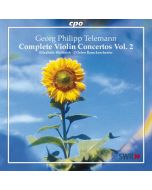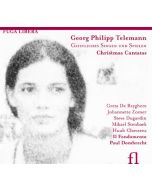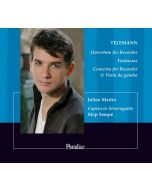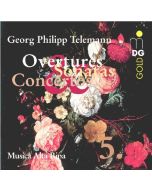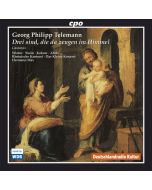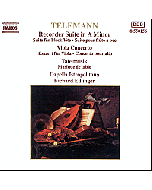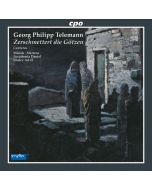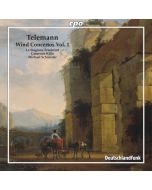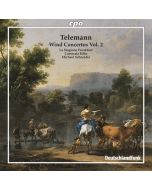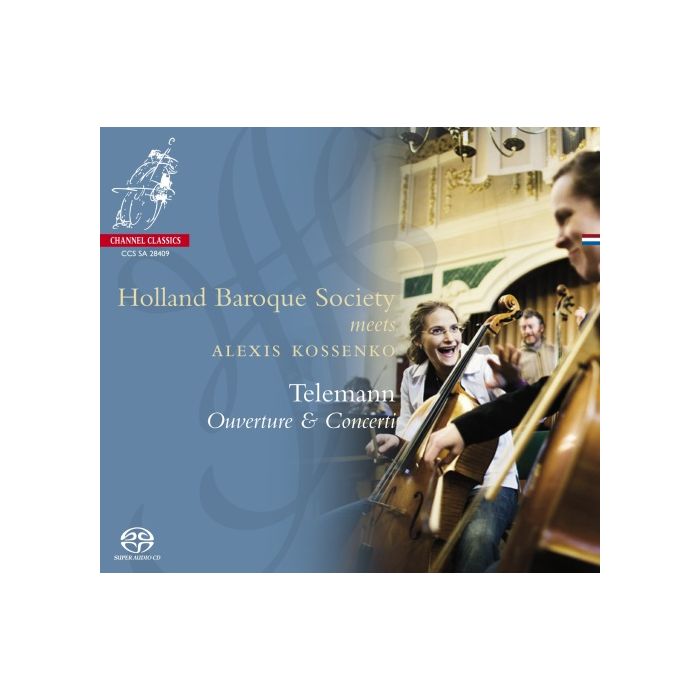
(Produkt nie został jeszcze oceniony)
kompozytor
Telemann, Georg Philipp
tytuł
Telemann: Ouverture & Concerti SACD
wykonawcy
Holland Baroque Society, Kossenko, Alexis
nr katalogowy
CCS SA 28409
opis
Once he entered the service of Ernst Ludwig, Landgrave of Hesse-Darmstadt, in 1712, Christoph Graupner went about providing his master’s remarkable orchestra with the best music of his day, drawing on the works of Heinichen, Fasch, and, in particular, the music of his former fellow-student in Leipzig, Telemann. The concerti which we have selected for this recording are in the four-movement concerto grosso tradition; but Telemann has given each work a unique character, without once repeating himself.The concerto in F major TWV 52:F1 is firmly in the style of a concerto for soloists in the Italian manner, where expressivity is paramount. The amorosa sweetness of the opening movement and the dramatic cast of the third movement are linked by the energy of the allegros, where Telemann demands the most brilliant virtuosity from the recorder and bassoon, which are treated as complete equals.The concerto in G major TWV 54:G1, with its concertino of two traversi and bassoon* set against the strings’ ripieno, is faithful to the principles of the concerto grosso. The concept of opposing groups is sharpened in the first movement—a peaceful cantilena from the soloists interrupted by a joyful allegro for the strings; this is followed by a rustic dance, then a tender largo, an intimate moment for the winds, scarcely disturbed by the strings which subtly underline the cadences. The vigorous accents of the polonaise-finale awaken the soloists from their dreamy lethargy, drawing them into a whirlwind of joyful and irresistible virtuosity.
nośnik
CD, SACD x 1
wydawca
Channel Classics
data wydania
1.02.2010
EAN / kod kreskowy
723385284093
89,00 zł
Produkt na zamówienie
Wysyłka ustalana indywidualnie.
Darmowa wysyłka dla zamówień powyżej 300 zł!
Darmowy kurier dla zamówień powyżej 500 zł!
sprawdź koszty wysyłki